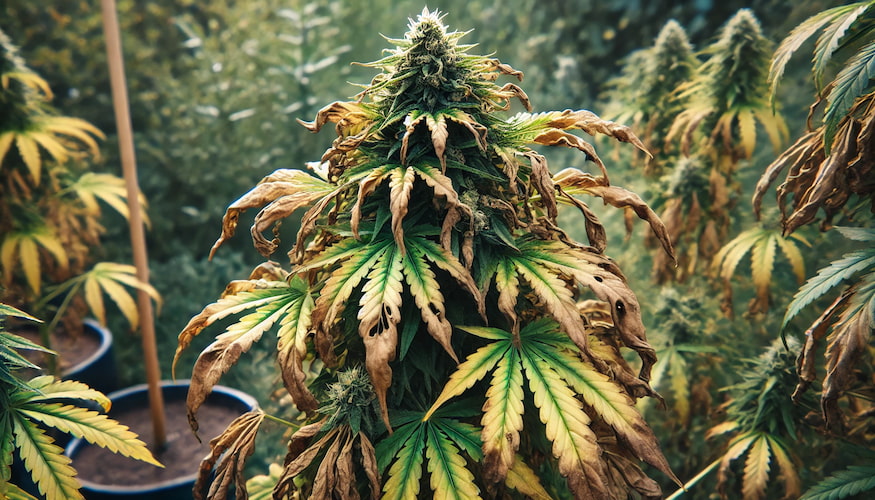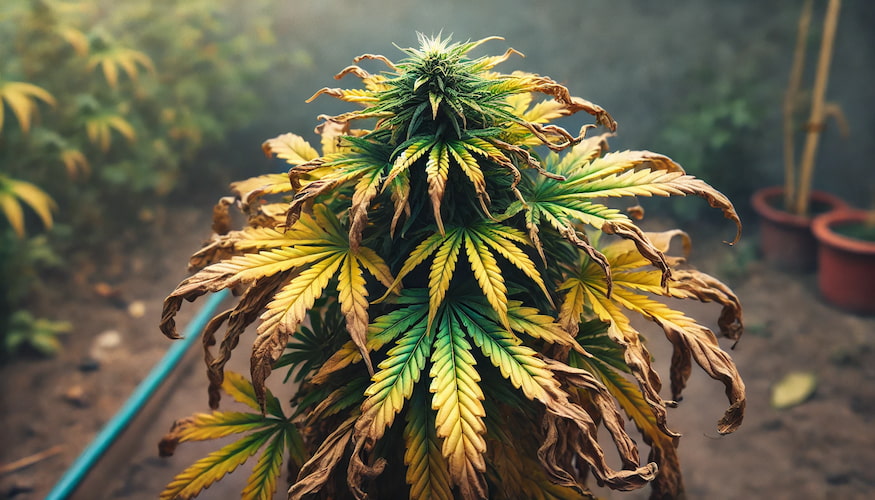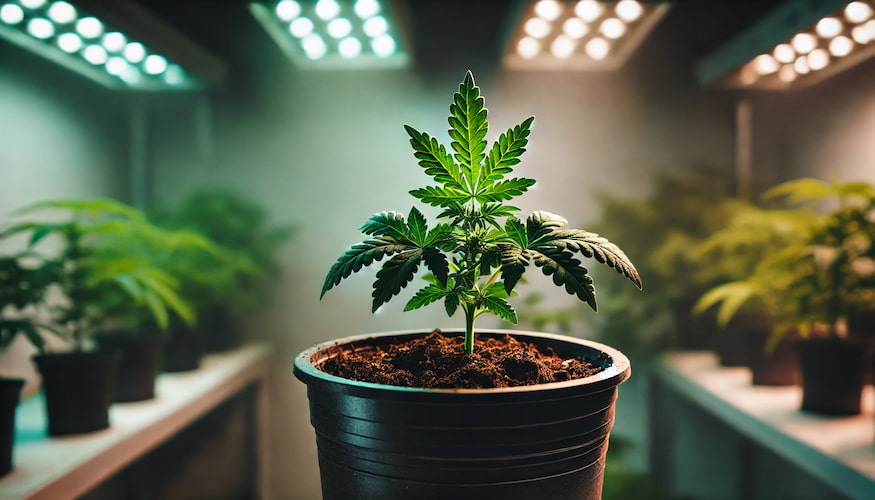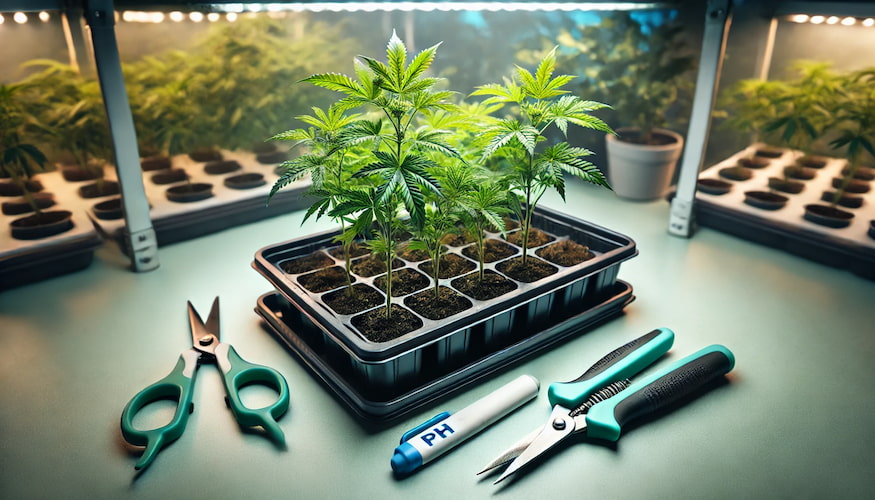Introduction: The Detective Work of Clone Care
Hey there, clone detectives! James Bean from IWantClones.com here. Once you’ve spotted an issue with your cannabis clones, the next crucial step is accurate diagnosis. In this guide, we’ll walk through the process of identifying the root causes of common clone problems.
The Diagnostic Process
- Observe symptoms closely
- Consider recent changes or actions
- Check environmental factors
- Examine multiple plants for patterns
- Use diagnostic tools when necessary
Diagnosing Leaf Problems
Yellowing Leaves
- If lower leaves: Likely nitrogen deficiency
- If upper leaves: Possible iron or sulfur deficiency
- If between veins: Magnesium deficiency
Brown Spots
- With yellow halo: Possible calcium deficiency
- Dry and crispy: Potential potassium deficiency
- Fuzzy appearance: Likely fungal infection
Curling Leaves
- Upward curling: Often heat stress or light burn
- Downward curling: Possible overwatering or nitrogen toxicity
Root Problem Diagnosis
- Gently remove clone from medium
- Examine root color and texture
- Check for unusual odors
- Look for signs of pests or fungal growth
Healthy Roots
- White or cream-colored
- Firm texture
- Earthy smell
Unhealthy Roots
- Brown or slimy texture: Likely root rot
- Dry and brittle: Possible underwatering
- Visible pests: Root aphids or fungus gnats
Stem and Structure Issues
- Weak, elongated stems: Likely light deficiency
- Purple stems: Possible phosphorus deficiency or cold stress
- Hollow stems: Often boron deficiency
Environmental Stress Diagnosis
- Check temperature and humidity logs
- Examine light distance and intensity
- Assess airflow and ventilation
- Test water quality and pH levels

Pest and Disease Identification
- Use a magnifying glass to closely examine leaves and stems
- Look for patterns of damage across multiple plants
- Consider recent introductions of new plants or materials
Common Signs
- Tiny moving dots: Likely spider mites
- White, powdery coating: Probable powdery mildew
- Sticky residue on leaves: Possible aphid infestation
Nutrient and pH Diagnosis
- Test pH of growing medium and water
- Check EC (Electrical Conductivity) of nutrient solution
- Review recent feeding schedule and any changes
Advanced Diagnostic Tools
- pH meter: For precise pH measurements
- EC meter: To measure nutrient concentration
- USB microscope: For detailed pest and trichome examination
- Soil testing kit: To analyze nutrient levels in the medium
When To Seek Professional Diagnosis
- Unusual or severe symptoms
- Rapid spread of issues across multiple plants
- When dealing with potentially systemic diseases
Conclusion: The Power of Accurate Diagnosis
Proper diagnosis is the key to effective treatment. By honing your diagnostic skills, you’ll be able to quickly identify and address issues, keeping your clones healthy and thriving.
At IWantClones.com, we’re committed to helping you become a master grower. Please contact us or read our blog for more expert advice on cannabis cultivation.
Remember, accurate diagnosis leads to targeted solutions. Happy growing, and may your detective skills always lead you to the root of the problem!














